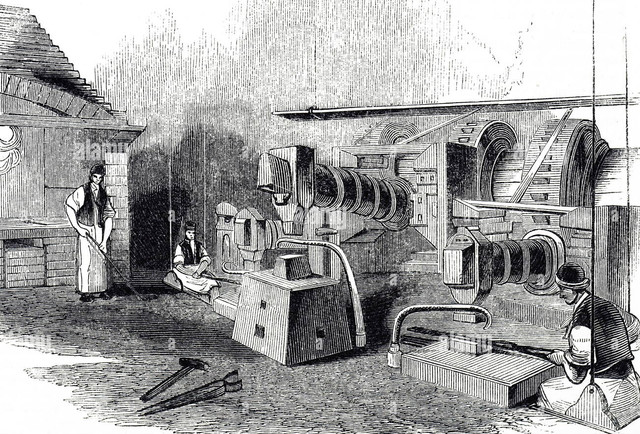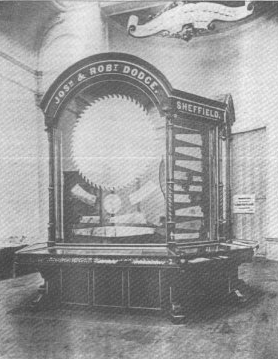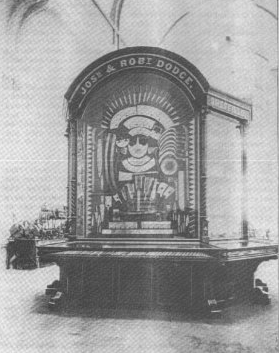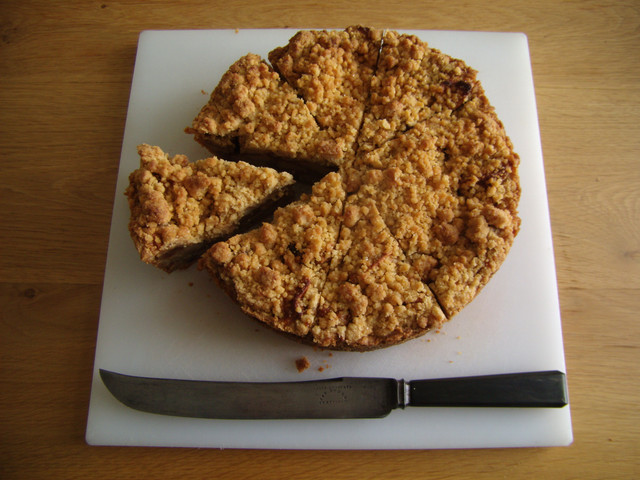A recent thrift shop find, and bought for a fart and three marbles (dutch expression, meaning for next to nothing)
From research i learned that J&R Dodge Sheffield didn't manufacture anything themselves, but instead bought high quality cutlery, razors and tools from well established Sheffield makers and resold these under their Juste Judicato (Choose Right) brand, for instance in two stores they owned in Amsterdam.
That is most likely how this carving knife ended up in the Netherlands.
Back in the day in this country J&R Dodge were known for the quality of the double-shear steel carving knives they offered for sale.
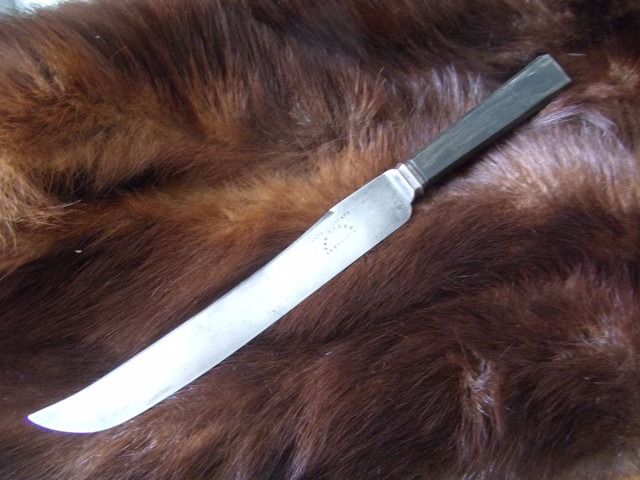
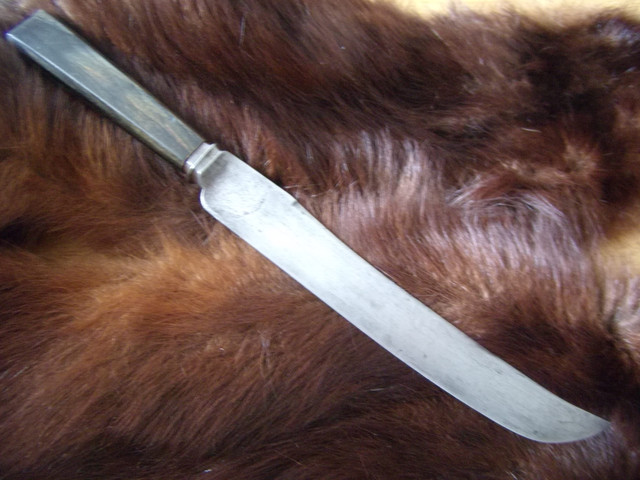
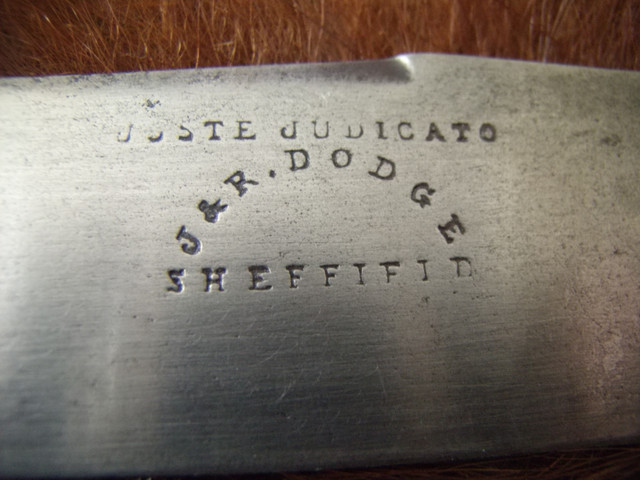
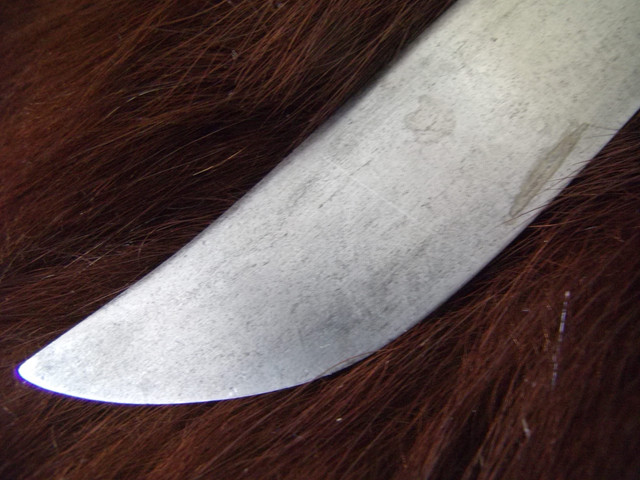
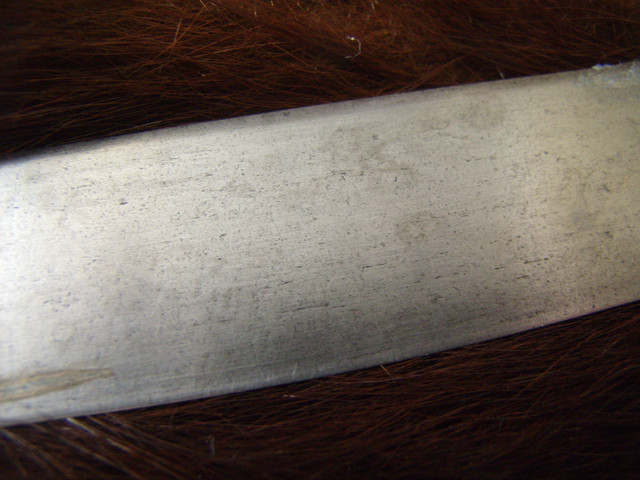
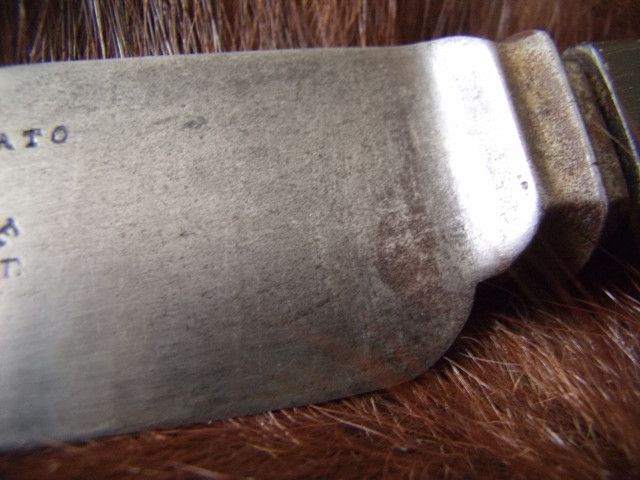
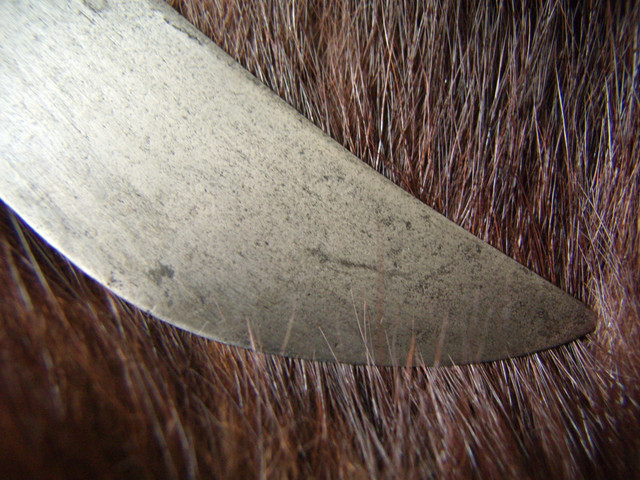
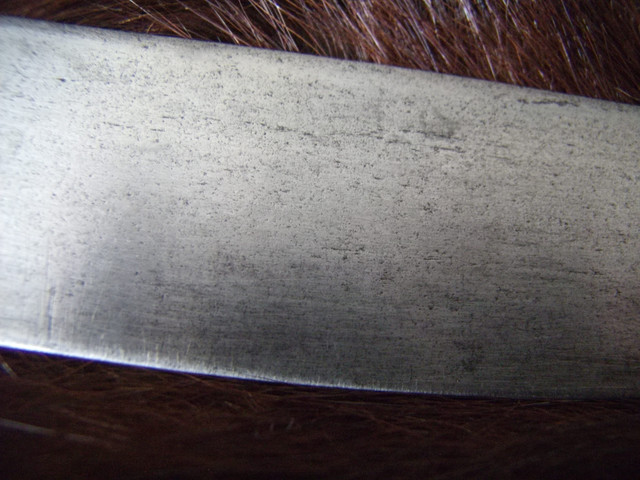
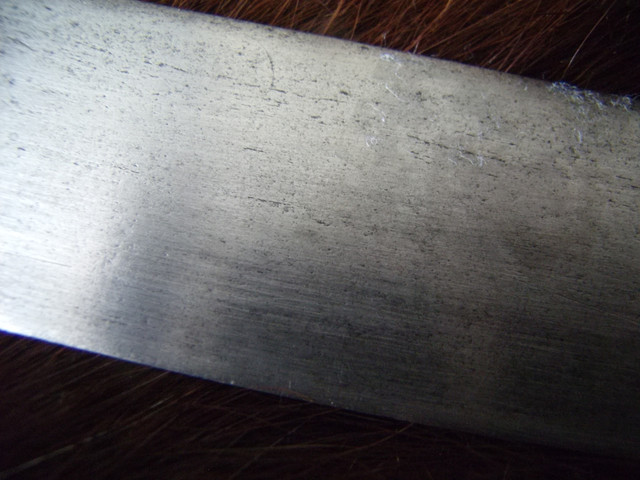

Specifications & measurements:
Overall length: 13.07 inch (33,2 cm)
Blade length: 8.07 inch (20,5 cm)
Blade thickness: 2,29 mm at the start of the swedge tapering to 0,44 mm at 1,0 cm before the point
Thickness behind the edge: 0.25 mm at the start of the swedge tapering to 0,16 mm at 1,0 cm before the point
Steel type: double shear steel
Handle material: black horn
Weight: 128,4 grams
The knife is handle heavy
From research i learned that J&R Dodge Sheffield didn't manufacture anything themselves, but instead bought high quality cutlery, razors and tools from well established Sheffield makers and resold these under their Juste Judicato (Choose Right) brand, for instance in two stores they owned in Amsterdam.
That is most likely how this carving knife ended up in the Netherlands.
Back in the day in this country J&R Dodge were known for the quality of the double-shear steel carving knives they offered for sale.










Specifications & measurements:
Overall length: 13.07 inch (33,2 cm)
Blade length: 8.07 inch (20,5 cm)
Blade thickness: 2,29 mm at the start of the swedge tapering to 0,44 mm at 1,0 cm before the point
Thickness behind the edge: 0.25 mm at the start of the swedge tapering to 0,16 mm at 1,0 cm before the point
Steel type: double shear steel
Handle material: black horn
Weight: 128,4 grams
The knife is handle heavy
Last edited:



